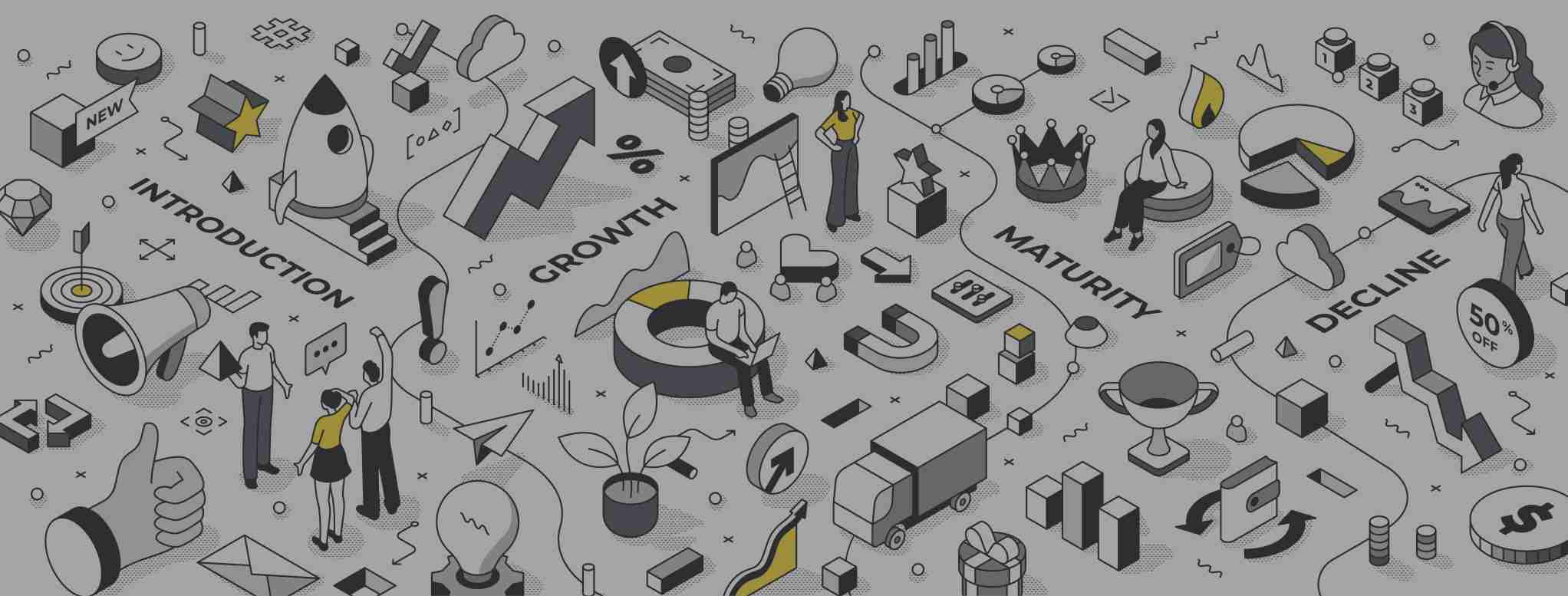In SaaS and fintech, a meticulously crafted go-to-market (GTM) strategy is beneficial and imperative for survival and growth. At BIAS Digital, we leverage our proprietary ARISE™ framework to guide B2B teams through the complex market entry and expansion landscape. Having explored the Assess, Research, and Ideate stages in previous discussions, we now delve into the pivotal Strategise stage, which is crucial for translating insights and ideas into actionable strategic plans.
The Role of the Strategise Stage in GTM
The Strategise stage in the ARISE™ GTM framework is a critical phase where the insights and ideas gathered from the previous stages—Assess, Research, and Ideate—are synthesised into a comprehensive and actionable go-to-market strategy.
This stage involves making critical strategic decisions on various aspects of the GTM plan, including setting goals and objectives, planning and mapping content, developing personas and market segments, formulating keyword and SEO strategies, optimising websites and digital assets, and outlining paid marketing strategies.
Integration of Previous Stages
Before we can strategise effectively, it's essential to understand the inputs from the previous stages:
- Assess: This initial stage involves a deep dive into understanding the current market position and internal capabilities. It sets the stage by highlighting the strengths, weaknesses, opportunities, and threats (SWOT) that the company faces.
- Research: Here, detailed market research is conducted to gather insights about the competitive landscape, customer preferences, and emerging trends. This stage ensures that the strategy is built on a solid foundation of market intelligence.
- Ideate: In the ideation phase, creative solutions and potential innovations are brainstormed. This stage focuses on generating a wide range of ideas that can address the needs and pain points of the target market identified in the research phase.
Strategic Decision-Making
Due to their highly competitive and dynamic nature, strategic decision-making is paramount for SaaS and fintech companies when formulating a go-to-market (GTM) strategy.
In the strategic stage of the ARISE™ GTM framework, companies must make informed decisions that will shape their market approach and determine their positioning within the crowded digital landscape. This involves setting clear, data-driven goals and objectives, developing comprehensive buyer personas, and crafting a content strategy that resonates with the target audience.
Additionally, keyword and SEO strategies are essential for online visibility, while website and asset optimisation ensure that digital touchpoints are primed for user engagement and conversion. Paid marketing strategies and sales enablement tools are crucial components that need strategic planning to reach and convert leads effectively.
The strategic decisions made in this stage are critical as they not only influence the immediate success of the product launch but also have long-term implications for customer acquisition, retention, and overall business growth in the SaaS and fintech sectors.
With a comprehensive understanding of the earlier stages, the Strategise stage involves several key activities:
- Goal Setting: Based on the insights gathered, specific, measurable, achievable, relevant, and time-bound (SMART) goals are set. These goals align with the overall business objectives and the insights derived from the market research.
- Content Planning and Mapping: Content strategies are formulated utilising the customer insights and personas developed earlier. This includes planning the types of content that will resonate with different segments of the target audience, mapping out the content distribution across various channels, and scheduling the content to align with product launch phases and customer journey stages.
- Persona and Segment Development: Detailed buyer personas and market segments are refined or developed at this stage. These personas tailor marketing and sales strategies to meet different customer groups' specific needs and preferences.
- Keyword and SEO Strategy: An SEO strategy is crafted to enhance online visibility and attract organic traffic. This involves keyword research using tools like SEM Rush to identify the terms and phrases potential customers use to find solutions in this space.
- Website and Asset Optimisation: Based on the accumulated research, recommendations for website updates and digital asset developments are made. This ensures that all digital touchpoints are optimised for user engagement and conversion.
- Paid Marketing and Sales Enablement: Strategies for paid advertising campaigns are developed, and sales enablement tools are created to support the sales team in engaging and converting leads.
The Strategise stage is critical as it translates all prior analytical and creative efforts into a structured plan that guides the market approach. Companies can effectively position themselves in the competitive SaaS and fintech markets by carefully aligning their strategy with customer insights and business objectives. This stage sets the direction for the upcoming Execute stage and ensures that the GTM strategy is cohesive, targeted, and poised for success.
In our following discussion, we'll explore the Execute stage, where these strategies are brought to life through precise implementation and continuous optimisation. Stay tuned to see how strategic planning transitions into tangible results, driving growth and establishing a solid market presence.
If you are looking for go-to-market strategies, the ARISE™ GTM framework and Digital BIAS could be a good fit. Contact our team and speak to a specialist today.




